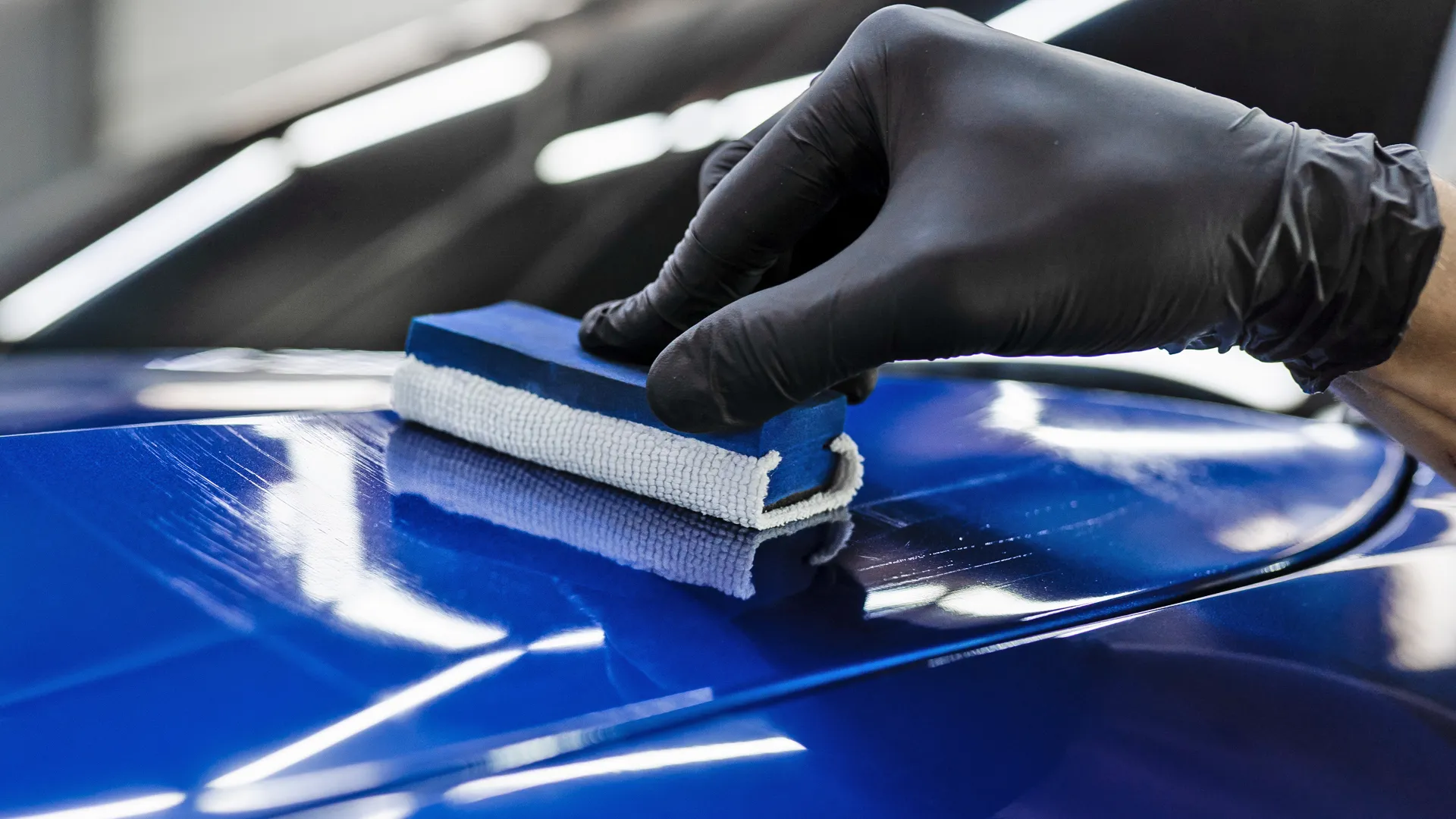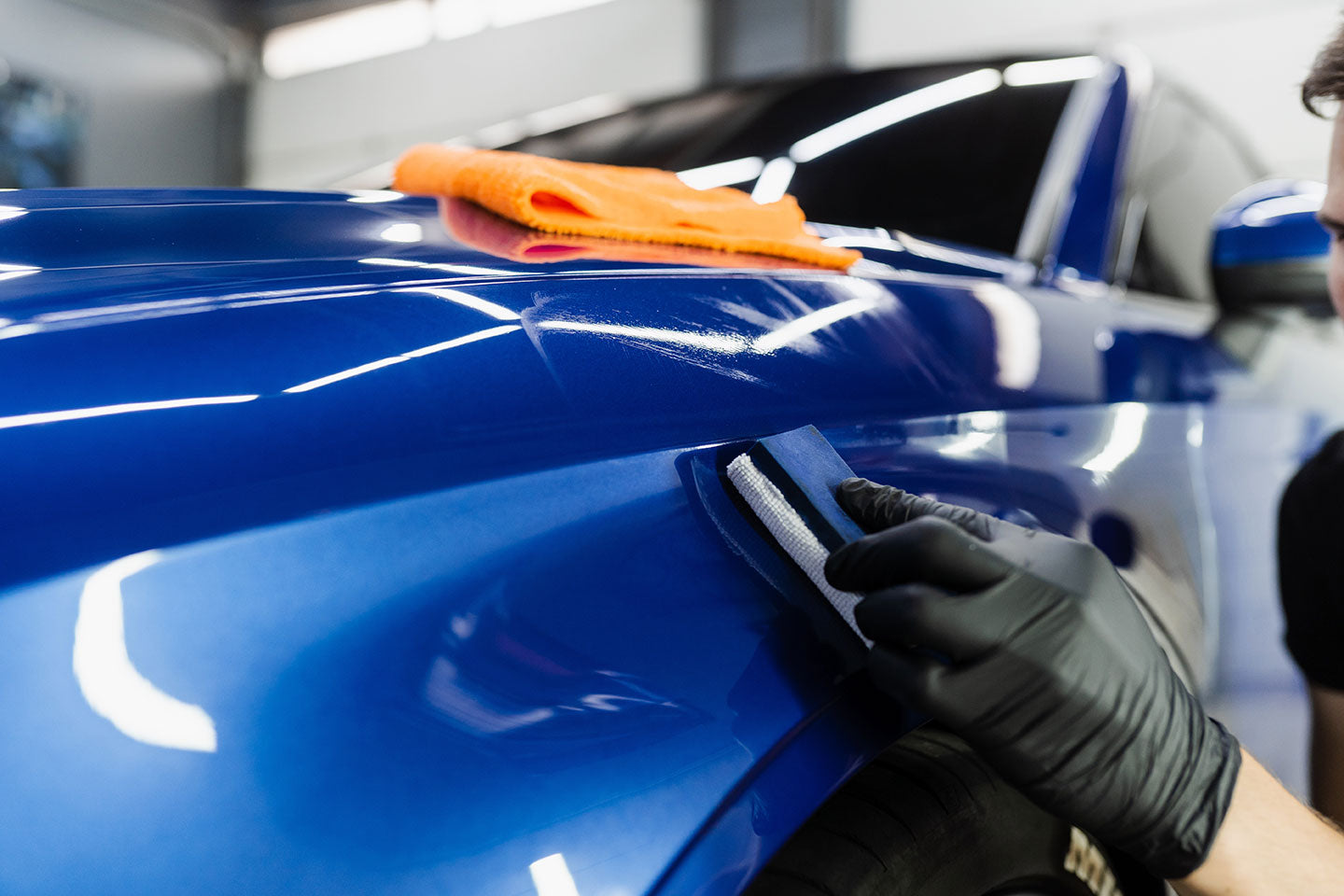Experience high-end car detailing to refresh your vehicle’s interior and exterior.
Experience high-end car detailing to refresh your vehicle’s interior and exterior.
Blog Article
A Comprehensive Guide to the Types of Ceramic Coating on the Market
Ceramic layers have arised as a critical solution across different sectors due to their distinct residential or commercial properties and applications. As we check out the distinctive attributes and applications of these layers, the implications for performance and durability become progressively noticeable, elevating inquiries about which type might finest suit your needs.
Recognizing Ceramic Coatings
Ceramic coverings are sophisticated protective options that have gotten popularity in numerous sectors, especially in auto and aerospace applications. These coatings include a fluid polymer that, when healed, creates a durable, hydrophobic layer externally of the substrate. This layer provides boosted resistance to environmental pollutants, UV radiation, and chemical direct exposure, thereby prolonging the life and aesthetic charm of the underlying material.
The essential element of ceramic finishes is silica, which adds to their hardness and durability. The application procedure generally involves surface area prep work, application of the finish, and treating, which can be achieved via warm or UV light. When healed, ceramic coverings show extraordinary bonding residential or commercial properties, permitting them to adhere highly to a variety of surface areas, including metals, plastics, and glass.
In enhancement to their protective attributes, ceramic finishes also supply simplicity of upkeep. Their hydrophobic nature lowers the adherence of dirt and crud, making cleansing simpler and much less constant. Overall, the fostering of ceramic coverings stands for a considerable improvement in surface protection technology, giving both functional and visual benefits throughout multiple sectors.
Types of Ceramic Coatings
Numerous sorts of ceramic finishes are available, each designed to meet details efficiency demands and applications - scratch repair sarasota. The most common kinds include:
Silica-based Coatings: These layers mostly are composed of silicon dioxide and are known for their resilience and chemical resistance. They are commonly used in automobile and commercial applications.
Titanium Dioxide Coatings: Prominent for their photocatalytic buildings, titanium dioxide finishings are frequently used in atmospheres where self-cleaning and antifungal homes are desirable, such as in building materials and automotive finishes.
Zirconia Coatings: Defined by their high-temperature security and thermal resistance, zirconia coatings are utilized in applications such as turbine engines and high-performance auto components.
Alumina Coatings: Showing excellent solidity and thermal stability, alumina coatings are often utilized in wear-resistant applications, including cutting devices and industrial equipment. - ceramic coating sarasota
Hybrid Coatings: Combining the homes of numerous products, hybrid coverings use boosted performance features, making them ideal for one-of-a-kind and demanding applications.
Each type of ceramic covering serves distinctive objectives, enabling individuals to choose the most suitable option based on specific environmental problems and efficiency needs.
Benefits of Ceramic Coatings
Coatings play an essential function in improving the performance and long life of surface areas across different industries. Ceramic layers, particularly, offer numerous benefits that make them significantly prominent amongst makers and customers alike. One of the main advantages is their outstanding durability. These coatings are immune to scratches, chemicals, and UV rays, making sure that the underlying surface continues to be safeguarded in time.
Along with sturdiness, ceramic layers offer exceptional hydrophobic residential or commercial properties, enabling very easy cleaning and upkeep. This water-repellent nature minimizes the adherence of dirt, grime, and various other pollutants, which can extend the visual charm and performance of the surface area. Additionally, ceramic coatings can considerably improve thermal resistance, making them excellent for applications that sustain heats.

Application Refine
When applying ceramic coatings, a precise method is vital to accomplish ideal outcomes. The application process usually begins with complete surface area prep work. This entails cleaning, decontaminating, and brightening the surface area to eliminate all contaminations, consisting of dirt, grease, and prior waxes or sealants. A clean surface ensures appropriate attachment of the layer.
Once the surface is prepped, the next step is to apply the ceramic finish. The covering needs to be applied in slim layers, as thicker applications can link lead to uneven surfaces.
After application, the finishing needs a details curing time, normally varying from a couple of hours to a full day, depending upon the product. During this time around, it is crucial to avoid exposure to dampness or impurities. Ultimately, a mild buffing might be essential after curing to boost the gloss and eliminate any kind of high areas. Complying with these actions vigilantly will make the most of the performance and durability of the ceramic layer, supplying a sturdy safety layer for the surface area.
Maintenance and Durability
To ensure here the long life and effectiveness of a ceramic finishing, routine maintenance is essential. Ceramic coverings, recognized for their longevity and safety top qualities, need particular treatment routines to optimize their life expectancy and performance. The initial step in upkeep includes routine washing with pH-neutral soap, staying clear of rough chemicals that can break down the layer. It is a good idea to wash the automobile regularly, ideally every 2 weeks, to avoid the buildup of pollutants that could endanger the finishing's integrity.
In addition to routine cleaning, routine assessments are crucial. Search for signs of wear or damages, such as hydrophobic residential properties reducing or surface flaws. If essential, a light gloss might be related to renew the covering without removing it away.
Furthermore, the application of a booster spray can enhance the covering's hydrophobic results and restore its gloss. This is especially advantageous for finishings that have actually remained in use for an extensive period. Ultimately, by adhering to these upkeep practices, one can considerably prolong the life of a ceramic layer, ensuring that it proceeds to provide optimal protection against ecological variables and keep the aesthetic charm of the car.
Conclusion

Report this page